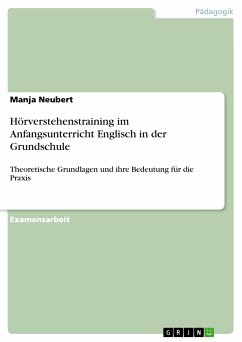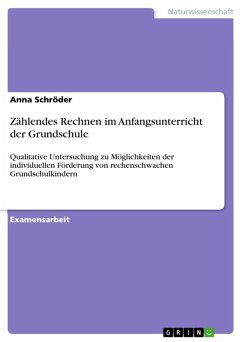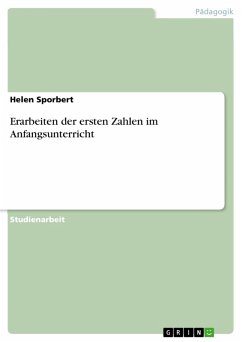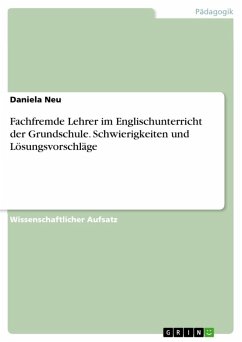
Hörverstehenstraining im Anfangsunterricht Englisch in der Grundschule (eBook, ePUB)
Theoretische Grundlagen und ihre Bedeutung für die Praxis
Versandkostenfrei!
Sofort per Download lieferbar
Statt: 42,95 €**
29,99 €
inkl. MwSt. und vom Verlag festgesetzt.
**Preis der gedruckten Ausgabe (Broschiertes Buch)
Alle Infos zum eBook verschenkenWeitere Ausgaben:

PAYBACK Punkte
0 °P sammeln!
Examensarbeit aus dem Jahr 2008 im Fachbereich Didaktik für das Fach Englisch - Pädagogik, Sprachwissenschaft, Note: 1,0, Johann Wolfgang Goethe-Universität Frankfurt am Main (Neuere Philologien - Institut für England und Amerkastudien), Sprache: Deutsch, Abstract: Contrary to the inadequate assumption that listening is a passive operation, since it is among reading a receptive skill, listening or rather listening comprehension is proven to be a very active and complex process. And more than that; it is the key skill that is fundamental for first and foreign language acquisition. That is w...
Examensarbeit aus dem Jahr 2008 im Fachbereich Didaktik für das Fach Englisch - Pädagogik, Sprachwissenschaft, Note: 1,0, Johann Wolfgang Goethe-Universität Frankfurt am Main (Neuere Philologien - Institut für England und Amerkastudien), Sprache: Deutsch, Abstract: Contrary to the inadequate assumption that listening is a passive operation, since it is among reading a receptive skill, listening or rather listening comprehension is proven to be a very active and complex process. And more than that; it is the key skill that is fundamental for first and foreign language acquisition. That is why it should especially for English beginners be the central skill to be taught in the ESL (English as a Second Language) classroom at school. Therefore this paper starts with a theoretical part including first of all, a description of how listening comprehension works to show that it is a very active process. Before the actual listening process, there is always a purpose for listening to the text and an expectation towards the text is developed. This purpose could be taking part in communication or listening for information, fun etc. The listening process itself consists of two parallel processes that contain an interaction between text and listener, the bottom-up process and the top-down process. During the bottom-up process the listener absorbs the text and tries to understand what is said by using their already acquainted phonological, lexical, syntactical and semantic knowledge. The top-down process can be seen as an interpretation of the text, where the listener uses not only their linguistic and cognitive knowledge, but also their pragmatic, social-cultural knowledge and their assessment of the situational context and the speakers. During these processes a number of listening strategies that compensate possibly appearing problems are applied. These problems can be caused by certain features of language that can make understanding difficult and they might be even more serious for the foreign language learner. Furthermore, the importance of listening comprehension in first, second and foreign language acquisition is portrayed. Many parallels between first and foreign language acquisition that can and should be accounted for ELT (English Language Teaching) are shown in this context.
Dieser Download kann aus rechtlichen Gründen nur mit Rechnungsadresse in A, B, BG, CY, CZ, D, DK, EW, E, FIN, F, GR, HR, H, IRL, I, LT, L, LR, M, NL, PL, P, R, S, SLO, SK ausgeliefert werden.













